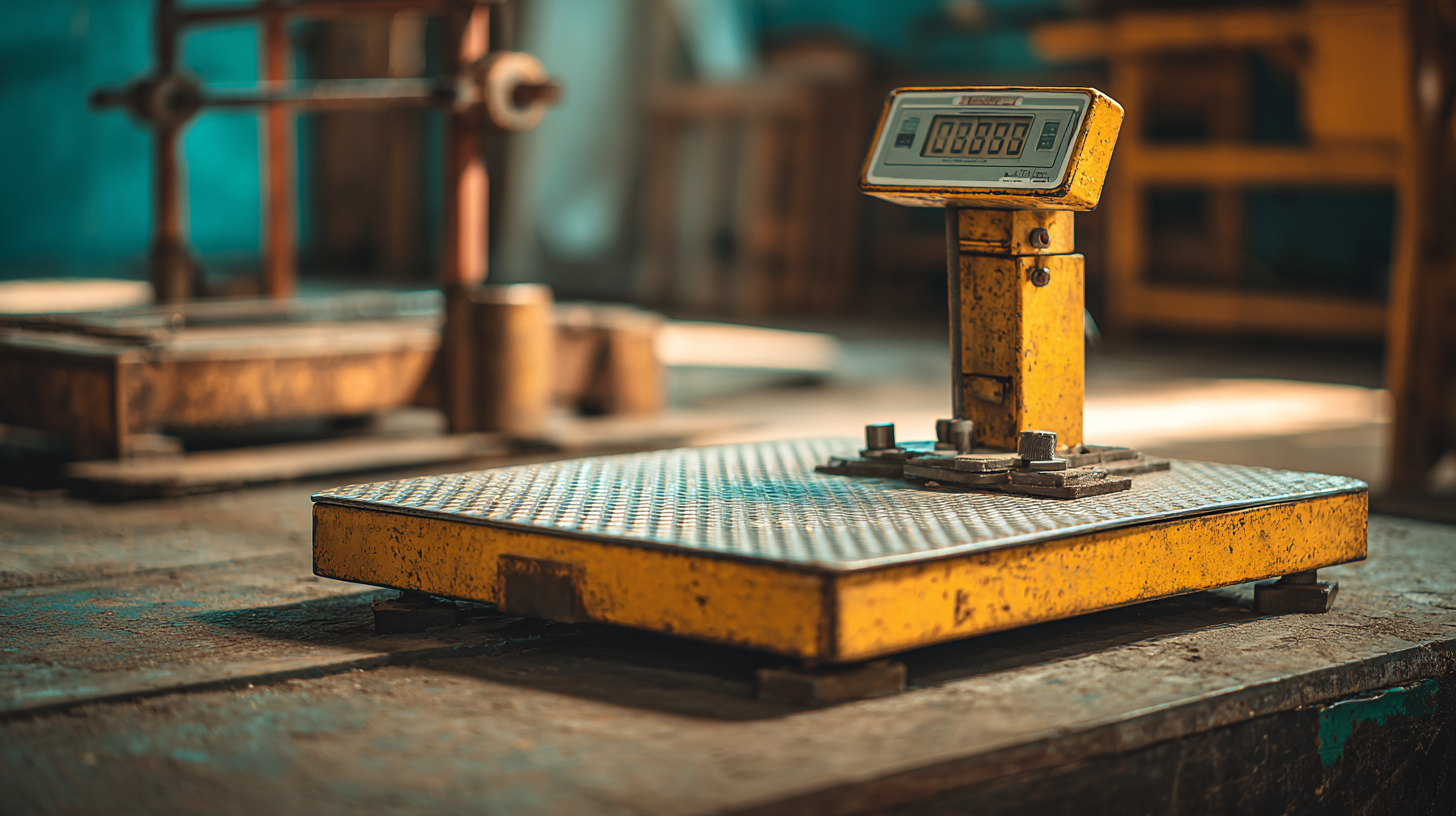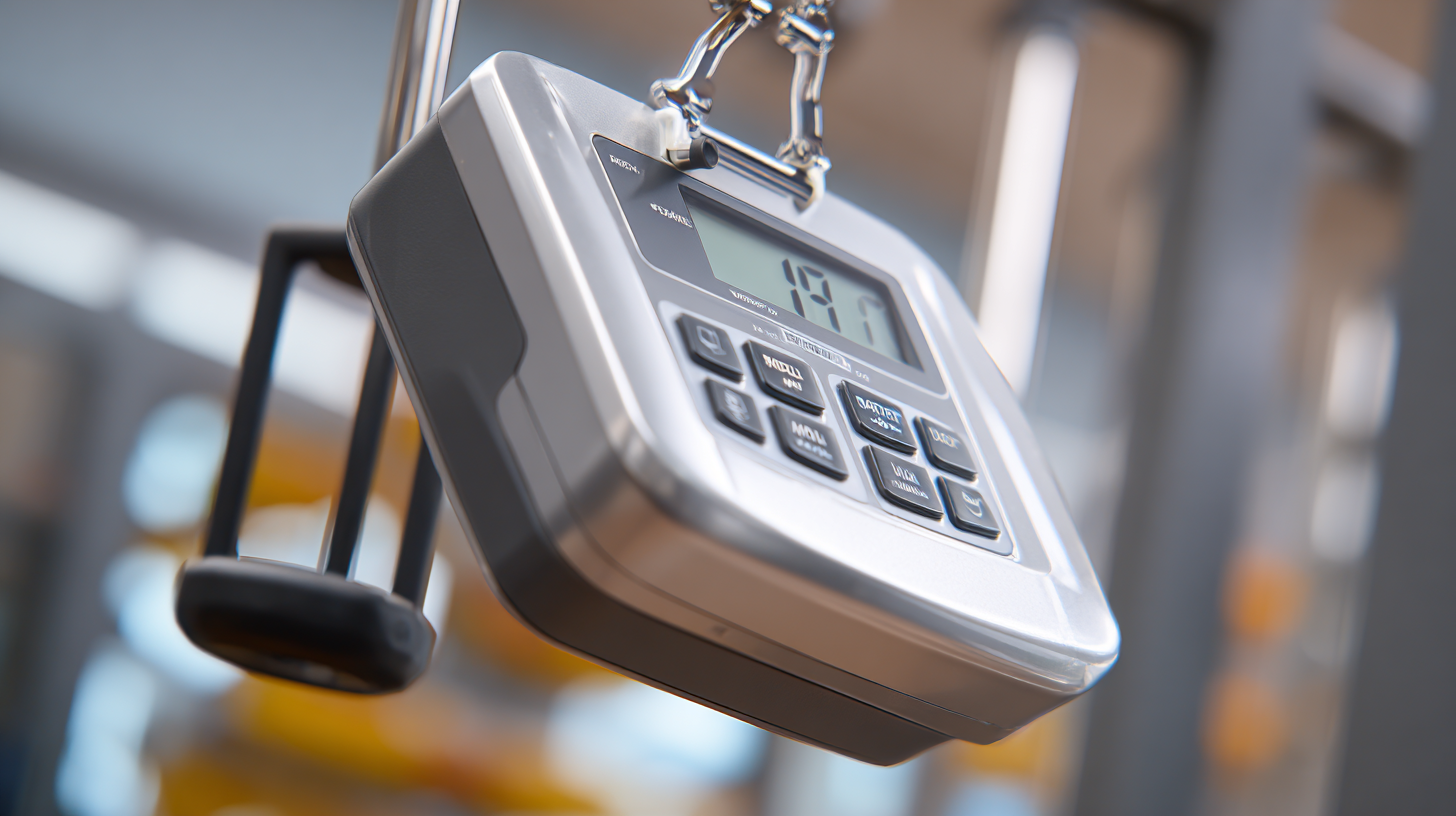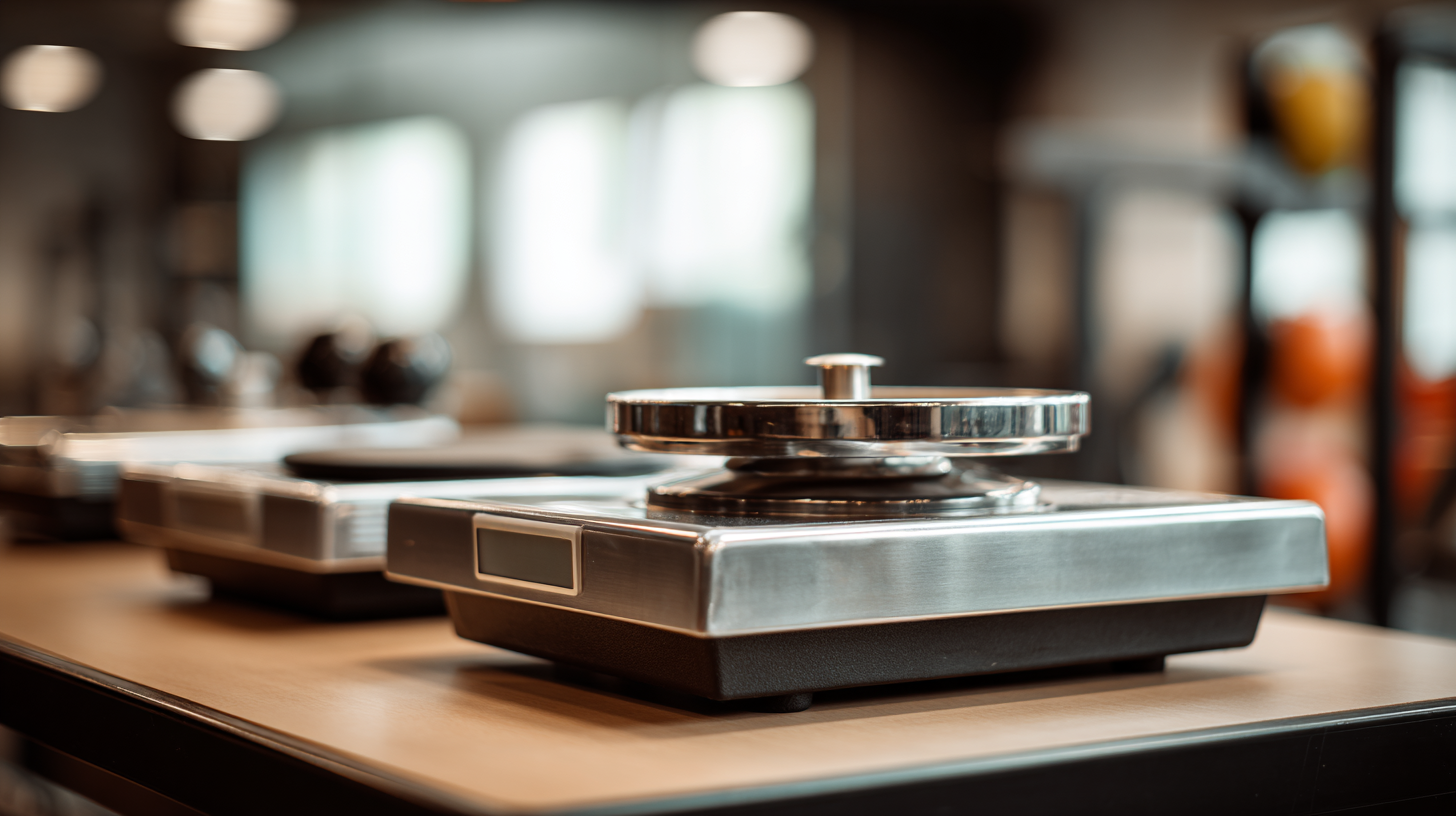Bankim Nagar, Siliguri, West Bengal
- GST NO. : 19BHDPS7640K1ZR
Ultimate Guide to Mastering the Best Digital Weight Machine for Accurate Measurements
In today's health-conscious world, achieving accurate measurements is crucial for anyone looking to track their fitness journey or manage their weight effectively. Enter the Digital Weight Machine, a cutting-edge device that has revolutionized the way we monitor our body weight with precision and ease. This ultimate guide aims to equip you with all the essential knowledge and tips you need to master the use of a Digital Weight Machine, ensuring you get the most accurate readings consistently. From understanding the technology behind digital scales to exploring features that enhance usability, this comprehensive resource will empower you to make informed choices and maximize your health outcomes.

Whether you're a beginner looking to take the first step or a seasoned fitness enthusiast aiming to refine your measurement techniques, this guide is tailored to help you achieve your goals with confidence and accuracy.
Choosing the Right Digital Weight Machine: Key Features to Consider for Accuracy
 When selecting a digital weight machine, accuracy should be your top priority. One of the key features to consider is the precision of the device. Look for machines that offer precision measurements down to the nearest gram or ounce, as this can make a significant difference in tracking your weight accurately. Additionally, consider the machine's calibration options. A good digital weight scale should allow for recalibration to ensure that it provides accurate readings over time.
When selecting a digital weight machine, accuracy should be your top priority. One of the key features to consider is the precision of the device. Look for machines that offer precision measurements down to the nearest gram or ounce, as this can make a significant difference in tracking your weight accurately. Additionally, consider the machine's calibration options. A good digital weight scale should allow for recalibration to ensure that it provides accurate readings over time.
Another important feature is the capacity and platform size of the weight machine. Ensure that the scale can accommodate various body types and sizes, providing a stable platform for accurate measurements. A larger platform can help prevent wobbling or shifting during weighing, which can lead to inaccurate results. Moreover, some models offer smart technology compatibility, allowing you to sync data with smartphones or fitness apps, thus making it easier to track your progress and stay motivated. These features not only enhance the overall experience but also contribute greatly to ensuring you have a reliable tool for monitoring your health journey.
Understanding Weight Measurement Units: Converting Pounds to Kilograms and Beyond
Understanding weight measurement units is essential for anyone looking to achieve accurate results with a digital weight machine. While most scales today are designed to switch between different units seamlessly, it's important to know how to convert between pounds and kilograms, especially if you are using a machine tailored to a specific region. In the United States, weight is commonly measured in pounds, whereas many other countries prefer the metric system, using kilograms. This knowledge not only aids in personal health tracking but also enhances the clarity of communication regarding weight-related goals.
To convert pounds to kilograms, simply divide the weight in pounds by 2.2046. For example, a weight of 150 pounds can be converted to kilograms by calculating 150 ÷ 2.2046, which equals approximately 68.18 kg. Conversely, to convert kilograms to pounds, multiply the weight in kilograms by 2.2046. Understanding these conversions allows individuals to accurately track their progress, whether they are following a fitness program, managing their health, or comparing their results with friends who may use different units of measurement. Navigating these conversions ensures smoother operations and reinforces the effectiveness of your digital weight machine, making each measurement count.

The Role of Calibration: Ensuring Your Digital Weight Machine Provides Precise Readings
Calibration is a crucial aspect of ensuring that your digital weight machine provides accurate and reliable measurements. Over time, scales can drift from their original settings due to factors such as wear and tear, temperature fluctuations, or simply being moved from one location to another. Regular calibration helps to reset the scale's accuracy, allowing it to give precise readings that accurately reflect the weight of the objects being measured. Without proper calibration, you may find yourself misled by inconsistent results, which can significantly affect your weight management goals.
To maintain the accuracy of your digital weight machine, it is recommended to calibrate it at least once every few months or whenever you notice discrepancies in the readings. Many modern digital scales come equipped with a built-in calibration feature, making the process quick and easy. To calibrate, you typically need to follow a simple procedure, which includes using a known weight to verify that the scale displays the correct measurement. By prioritizing calibration in your routine, you'll ensure that your digital weight machine continues to provide trustworthy results, making it an indispensable tool in your journey towards better health and fitness.
Weight Measurement Calibration Accuracy
This bar chart displays the calibration accuracy of different digital weight machines. Proper calibration is essential for ensuring accurate weight measurements, as evidenced by the varying percentages shown for each device.
Common Mistakes When Using a Weight Machine: Tips for Accurate Measurements Every Time
Common Mistakes When Using a Weight Machine: Tips for Accurate Measurements Every Time
When it comes to using digital weight machines, accuracy is paramount to achieving your fitness goals. Unfortunately, many users commit common mistakes that can lead to inaccurate readings. According to a report by the National Institute of Health, improper calibration is a leading factor affecting measurement accuracy, with up to 25% of weight machines showing erroneous readings due to neglecting this critical step.
Tip 1: Always calibrate your weight machine before use. Most machines require recalibration after being moved or after extended periods of inactivity. This simple process can ensure that you receive accurate measurements, allowing you to track your progress effectively.
Another frequent error is the positioning of the user on the scale. A study published in the Journal of Obesity found that 15% of participants achieved inconsistent results simply by shifting their weight or standing incorrectly.
Tip 2: Stand still and evenly distribute your weight across both feet for the most accurate reading. Ensure that you are on a flat, hard surface to prevent any discrepancies caused by an unstable environment. Taking these steps can significantly enhance the reliability of your measurements.
Interpreting Body Composition Metrics: What You Need to Know About Fat and Muscle Mass Readings
Understanding body composition metrics is essential for anyone looking to monitor their health and fitness effectively. When using a digital weight machine, it typically provides readings for both fat mass and muscle mass. Fat mass indicates the total amount of fat in your body, which can help assess risks related to obesity and associated health issues. On the other hand, muscle mass reflects the amount of lean tissue, giving insight into your strength and fitness levels. By interpreting these numbers, you can gain a clearer picture of your physical health beyond just the scale.
It’s important to note that body composition metrics should be viewed in context. A higher muscle mass might result in a heavier weight on the scale, which could be misleading if you are solely focused on weight loss. Instead, aim for a balanced approach, recognizing that building muscle can aid in fat loss. Keep in mind the importance of monitoring trends rather than focusing on singular readings. Consistently tracking these metrics over time will provide a more comprehensive understanding of your body’s changes and help you make informed decisions about your diet and workout routines.
Ultimate Guide to Mastering the Best Digital Weight Machine for Accurate Measurements
| Metric | Value | Unit |
|---|---|---|
| Weight | 70 | kg |
| Body Fat Percentage | 20 | % |
| Muscle Mass | 56 | kg |
| Bone Mass | 3.2 | kg |
| Water Percentage | 60 | % |

